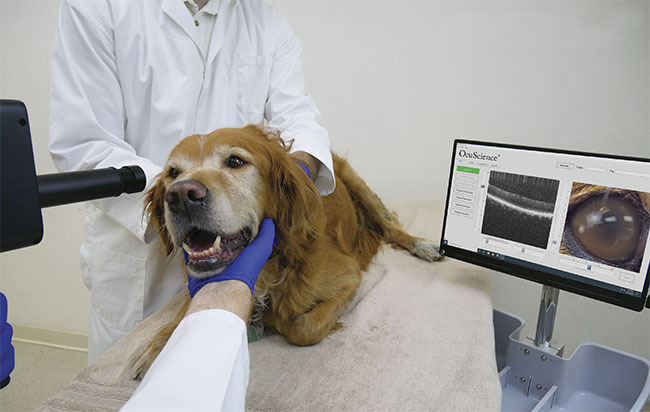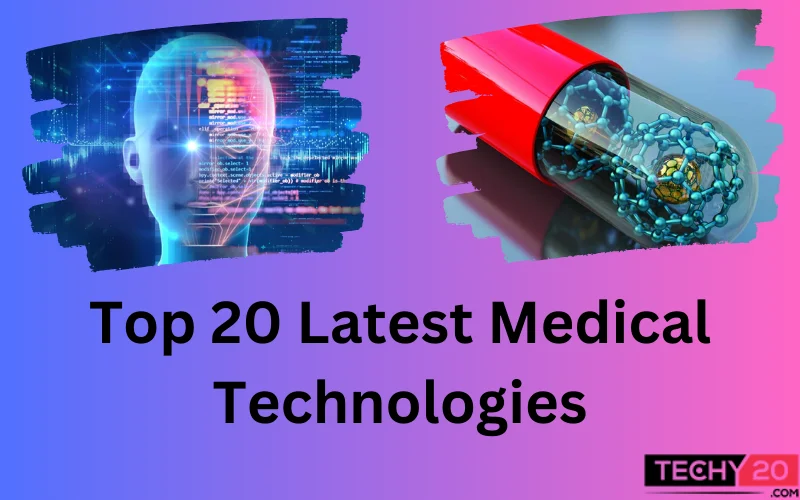Technologies have helped medical science in many ways and for many years. Consistent technological and medical advances have saved many lives and improved medical conditions worldwide. In the future, with the improvement of technologies, no one can tell what medical technologies will come next. The upcoming year will strengthen the medical industry with new technologies and innovations. In this article, we will explore the technical innovations in the healthcare industry towards the transformation during the year.
1. Artificial Intelligence In Healthcare
Artificial intelligence is one of the most critical technologies helping healthcare. The common application of AI includes diagnosing patients, drug discovery and innovations, improving communication between patients and doctors, treating patients remotely, etc. AI plays the leading role in detecting diseases earlier and confirming an accurate solution to the condition. In addition to physical health, AI is also helpful in mental health. By using AI technology, MIT and Harvard University, researchers found that topics of loneliness and suicidality had doubled in the last decades. This technology also helps treat breast cancer, diabetes, MRIs, CT scans, x-rays, lung cancer, etc. Drug research is one of the recent applications for AI in life sciences.
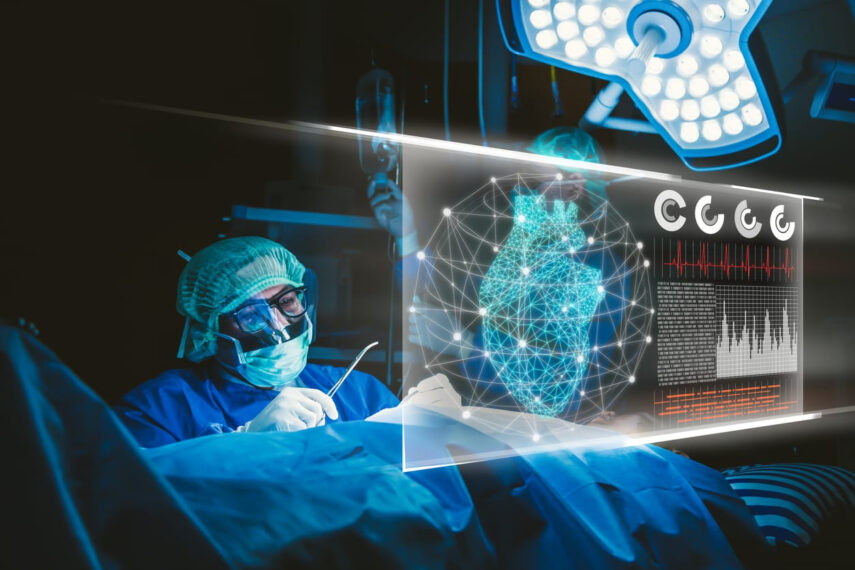
2. Neurotechnology
Neurotechnology is the field of science in which we study the nervous system with technical devices. It is broadly defined as a device that understands neural processes and applications. Several fundamental types of research are supervised to analyze the brain’s functions and better understand diseases and disorders. Neuronal disorders and harmful diseases are a significant problem among millions of people. Neurotechnology is used in medical science for a variety of purposes, including brain imaging, which records magnetic fields produced by electrical activity in the brain; neurostimulation, which involves stimulating the brain and nervous system to influence brain activity; and neuro devices, which monitor brain activity using a neural implant. Neurotechnology’s essential and most significant potential is its ability to reduce human suffering by enabling better treatments for neurological disorders.
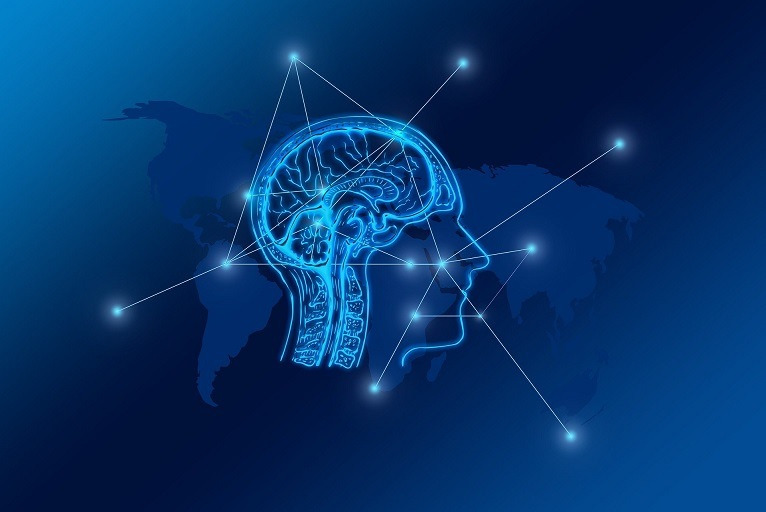
3. Virtual Reality
In the healthcare industry, virtual Reality has numerous applications, such as robotic surgery, healthcare devices, phobia treatment, surgery simulation, etc. It is increasingly used to treat psychological illnesses and conditions like stress, anxiety, panic attacks, autism, dementia, etc. It also plays a vital role in telesurgery, which the surgeon on a patient performs at a different place. VR is also helpful in physical fitness and therapy, where patients are advised to follow an exercise routine. It is also used in pain management by changing patients’ perceptions of pain.

4. mRNA Technology
mRNA exists in our frame, which contains messages that direct our cells on what to do. It serves because of the hyperlink between our DNA and all organic activities. mRNA technology has advanced vaccines for specific infectious illnesses. mRNA era is used to broaden vaccines for diverse infectious illnesses like Covid-19. The achievement of COVID-19 vaccines has recommended scientific technology to broaden different mRNA vaccines for dangerous diseases like cancer. The equal era permits us to expand all different styles of remedies by using the frame to supply drug-like responses. Therapeutics mRNA are advanced to deal with demanding situations in cancer, uncommon ailments, etc. This era stored the arena in the pandemic period.
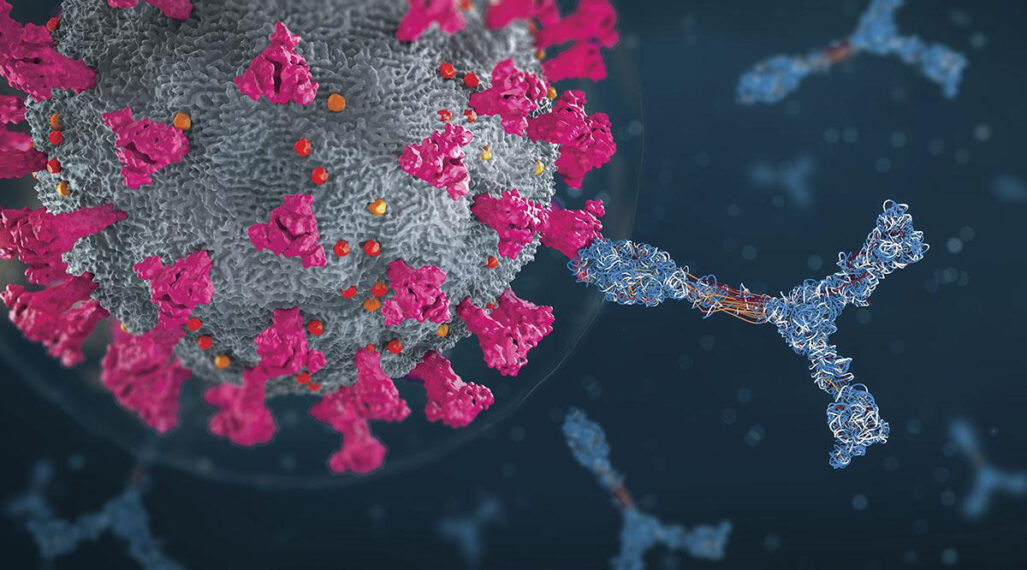
5. 3D Printing
3-D printers are one of the first-class technologies on the market. 3-D printing first evolved in the 1980s. This technique entails taking a blueprint replica of the challenge published in successive layers. This approach has been utilized in many industries and clinical technology. The middle uses 3-D printing inside the clinical discipline, developing tissues and organoids, surgical tools, patient-precise surgical fashions, and customized prosthetics. Bioprinting is one of the most critical sorts of 3-D printing in the clinical discipline. Bio-printers use a laptop-guided pipette to layer dwelling cells, called bio-ink, on the pinnacle of each other to create synthetic dwelling tissue inside the laboratory. Sterile surgical instruments, inclusive of forceps, hemostats, scalpel handles, and clamps, may additionally produce the usage of 3-D printers.

6. Precision Medicine
As the scientific generation advances, its miles become increasingly customized to patients. Precision medicine considers the person’s genetics, environment, and lifestyle variability for the affected person. For example, while using a precision remedy to deal with an affected person with most cancers, the medication may be tailored primarily based on their precise genetic makeup. This customized remedy is far more potent than different forms of treatment because it assaults tumors primarily based on the affected person’s genetics, inflicting gene mutations. The precision remedy gives unique possibilities in remodeling the destiny of healthcare. However, integrating precision remedies into healthcare is a complex technique with troubles inside the infrastructure, inequalities, and know-how that the enterprise should conquer before this turns mainstream.
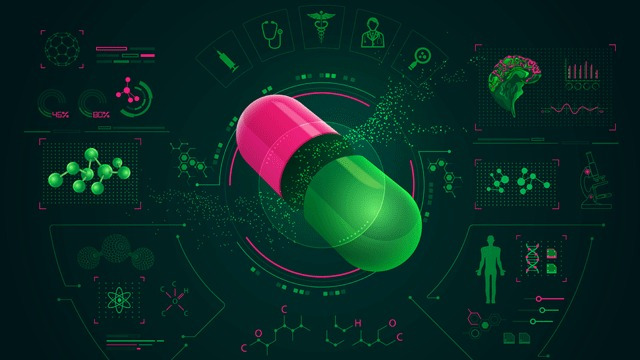
7. Forensic Dentistry
Forensic dentistry is an essential method of forensic science. It includes matching a record of an accused’s dentition (teeth) with a history of a bite mark left on a victim to identify the criminal. Like DNA and fingerprinting, Bite marks are unique to each individual, including tooth spacing and angle, space in teeth, shapes, and dental work. It is still relatively new to criminal justice officials. When teeth are used as weapons, bite marks are discovered.
How does it work?
The biting mark is photographed and reshaped in precise detail. The bite mark’s colored image is then superimposed over the original bite.
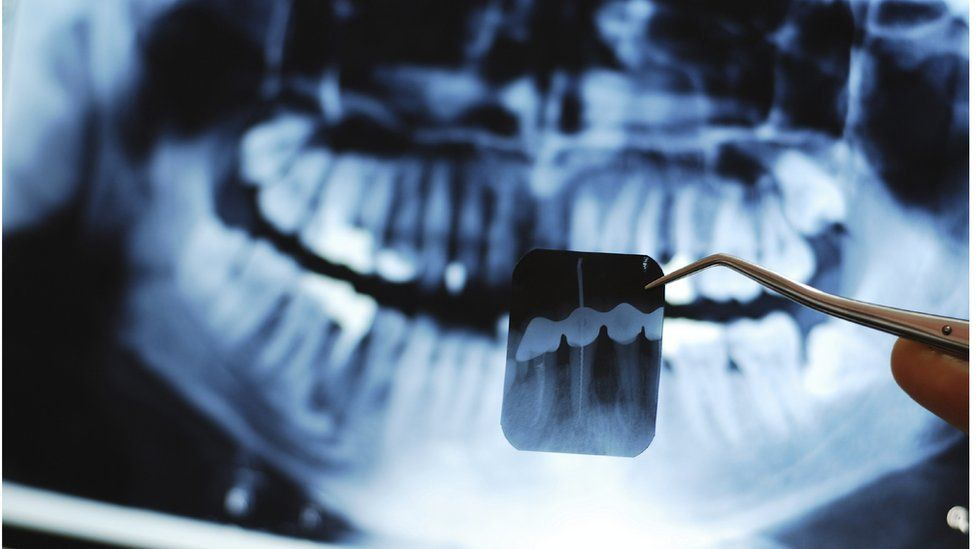
8. CRISPR
CRISPR is a gene-editing technique that can potentially improve the medical area.CRISPR is a technique for locating a specific piece of DNA within a cell. Altering that portion of DNA is usually the next step in CRISPR gene editing. On the other hand, CRISPR has been designed to turn genes on or off without affecting their sequence. The cornerstone of CRISPR is the different variations of “Cas” proteins found in bacteria that help protect against viruses. Bacteria use Cas proteins to fight cancer viruses.

9. Telemedicine
Since the Covid-19 epidemic broke out in 2020, telehealth and telemedicine have increased in demand. Telemedicine describes far-flung scientific services, whereas telehealth describes far-flung non-scientific services. With more people embracing a new way of running and living due to the pandemic, this trend is likely to keep gaining traction, with the global telemedicine industry expected to grow from $68.36 billion to $218.49 billion by 2026. Telemedicine has numerous advantages for both patients and healthcare practitioners. It provides excellent consolation and comfort for patients and is less expensive because sufferers do not wish to pay additional fees, such as travel charges.
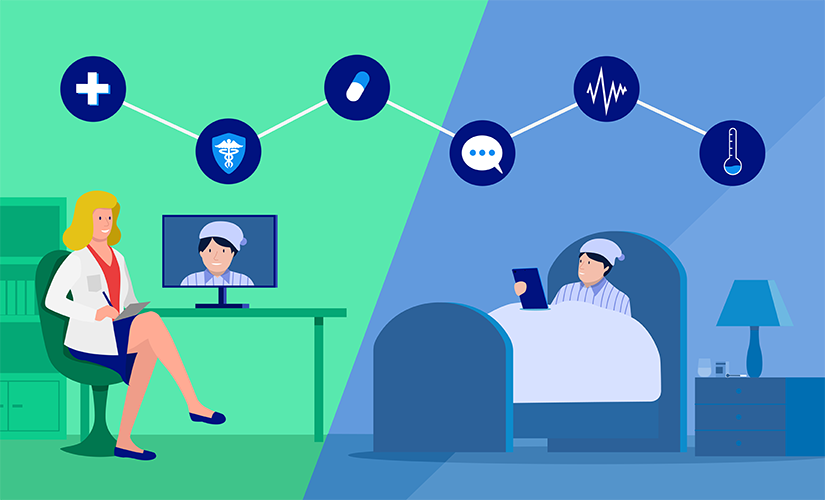
10. Health Wearables
Wearable gadgets have risen in popularity in recent years, particularly after the arrival of Bluetooth in 2000. People nowadays utilize wearables paired with their phones to track everything from their steps, fitness, and heartbeat to their sleeping patterns. With an aging population in much of the industrialized world, wearables can help patients monitor and improve their fitness, which can help prevent chronic illnesses like diabetes and cardiovascular disease. Smartwatches are still one of the most popular wearable gadgets in the healthcare business, with Apple, Google, and Samsung competing for a piece. Depending on the model, they can monitor sleep patterns, blood pressure, and oxygen levels.
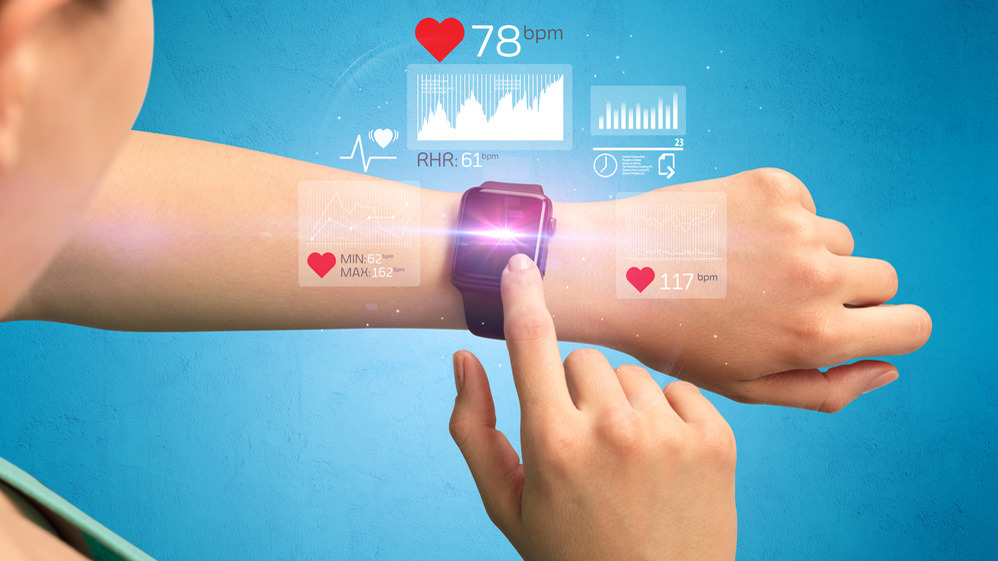
11. Technology In Mental Health
Depression is expected to be the primary source of illness burden globally by 2030, making the need for novel medicines more critical than ever. Many new technologies have emerged in the previous year to assist patients with their continuing mental health demands. Some apps can increasingly complete patient intakes and provide an initial diagnosis before a patient sees a clinician. AI-powered tools are revolutionizing the way mental health treatments are given. AI chatbots, such as Woebot, can assist patients in practicing cognitive-behavioral therapy (CBT) tactics on their smartphones. In contrast, voice recognition software, such as Ellipsis, can analyze a patient’s voice and speech patterns for indicators of emotional distress. Furthermore, digital symptom tracking is proving to be beneficial.
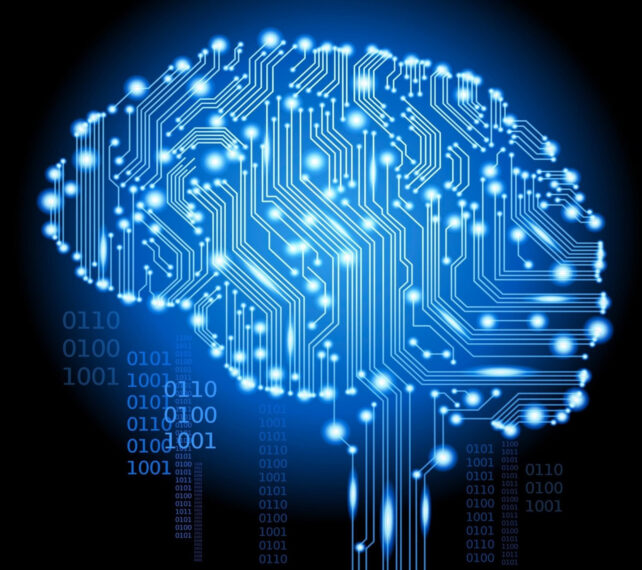
12. Digital Therapeutics
Patients with chronic conditions may require continual medical attention. This type of therapy includes patient education, symptom monitoring, medication adjustments, and behavioral modifications. This care is expensive but takes a long time for medical staff and patients. New digital therapies are now available to fill this gap. A doctor may prescribe digital drugs to a patient for a specific medical concern. These advanced software solutions are available as apps for a patient’s smartphone or computer. They undergo extensive testing like other medicines, including randomized clinical studies. Diabetes type I and type II, cancer, anxiety, musculoskeletal pain, ADHD, asthma, migraines, insomnia, and other medical disorders are good candidates for digital treatments.

13. Internet Of Medical Things
The Internet of Things is an unseen network created by physical objects connected to the Internet. IOMT includes emerging technologies like remote patient monitoring, 5G-enabled devices, and wearable sensors in healthcare. More than 500,000 web-enabled medical gadgets are connected to deliver the most accurate and up-to-date patient data possible. Innovative medical equipment will be able to network with other nearby smart devices as technology and software improve, helping to enhance patient outcomes. This technology would eventually allow doctors to keep a holistic and systematic eye on their patients’ health. A Fitbit, for example, was more accurate at measuring physical activity and predicting a five-year risk of death than more traditional approaches in one study. All patients must take action.
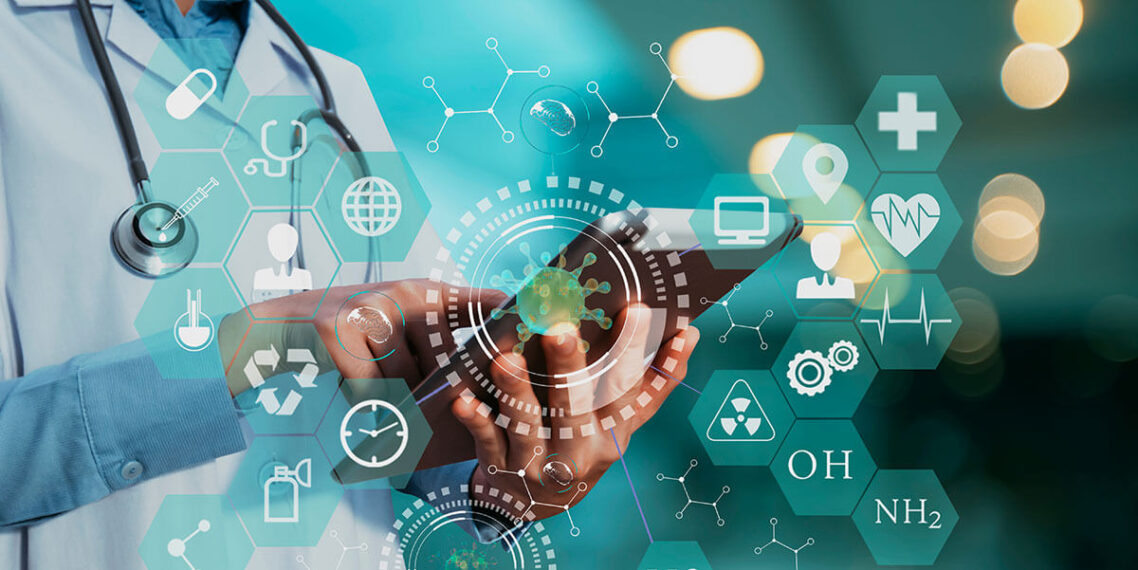
14. Nanomedicine
Nanomedicine is the medical use of nanotechnology, atomic, molecular, or supramolecular size technology. Nanomedicine offers implications in imaging, sensing, diagnosis, and distribution through medical devices, astounding for something so small. Researchers are developing revolutionary nanomedicine technologies targeting individual cells, with results expected in 2021. CytImmune Sciences, a cancer nanomedicine pioneer, has completed a Phase I trial using gold nanoparticles to customize drug delivery to tumors; BlueWillow Biologics, a biopharmaceutical company, has developed nanotechnology to attack viruses and bacteria.
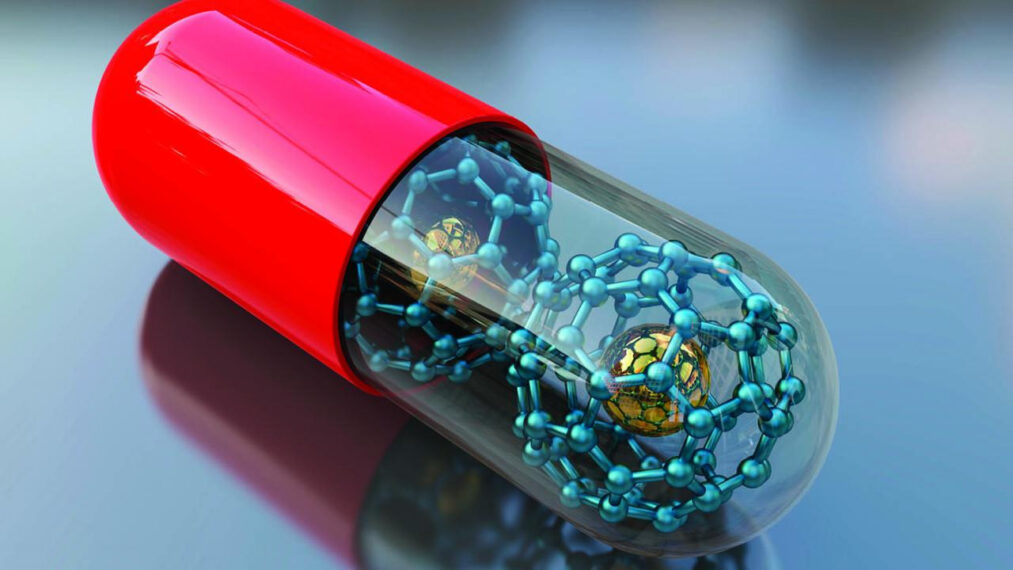
15. FGF2
FGFs (fibroblast growth factors) are involved in the development and regeneration of various tissues. FGF2 is also a potential candidate for bone regeneration during bone fracture healing. FGF2 is regenerative medicine’s most widely used FGF type, including bone healing. FGF2 has long been recognized as an essential component in maintaining various kinds of stem cell cultures.FGF2 was found to have the ability to promote and inhibit osteogenesis in both directions. With continued advances in cellular and molecular biology, we can expect better FGF applications in the medical field.
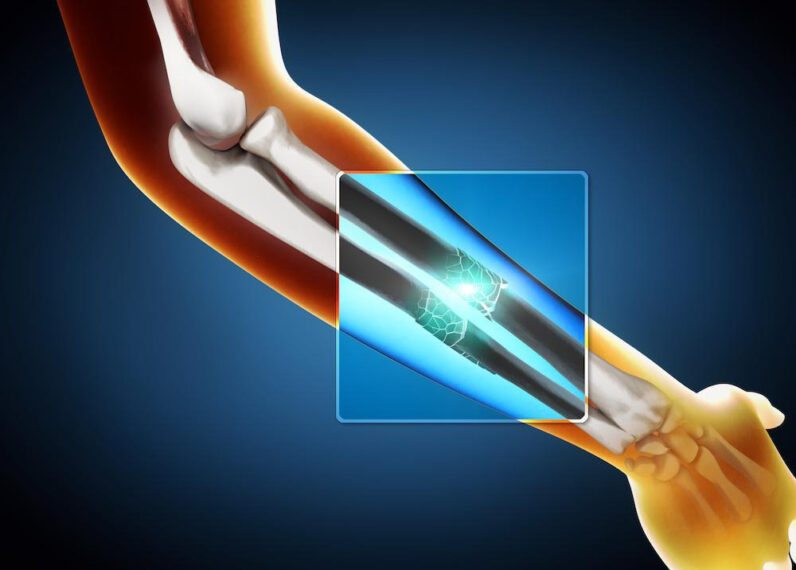
16. Facial Recognition
Since 2020, facemasks have become the norm. However, with more than half of the public’s faces now hidden, there are immediate concerns about how this might affect security. However, a camera system built by the Japanese security firm NEC can recognize persons even when wearing a face mask. To identify persons, the camera focuses on exposed facial features such as their eyes. It has a 90% accuracy rate and can identify persons in milliseconds, even in enormous groups. Up to 50% of cameras failed to recognize persons wearing masks before the pandemic, a significant and much-needed improvement. Both police and airport security systems now use NEC cameras.

17. Robotic Surgical System
In the 1970s, NASA and the US Defense Advanced Research Projects Agency (DARPA) investigated remote surgery and telesurgery units, the groundwork for robotic surgical systems. The surgical robots PUMA 560 and PROBOT were developed in 1985 and 1988. Meanwhile, ROBODOC was employed in 1992 to more efficiently prepare a cavity in the femur for a hip replacement than humans. The FDA approved the da Vinci surgical system in the United States in 2000. Two New York doctors performed remote robotic surgery to remove a gallbladder from a patient in Strasbourg, France. Robotic surgery has several advantages, including surgeries with minimally invasive incisions, improved surgical talent, and remote surgery. Equipment problems and a high cost are among the disadvantages. Procedures including liver resection, prostate cancer surgery, and hysterectomy can benefit from robotic surgery.
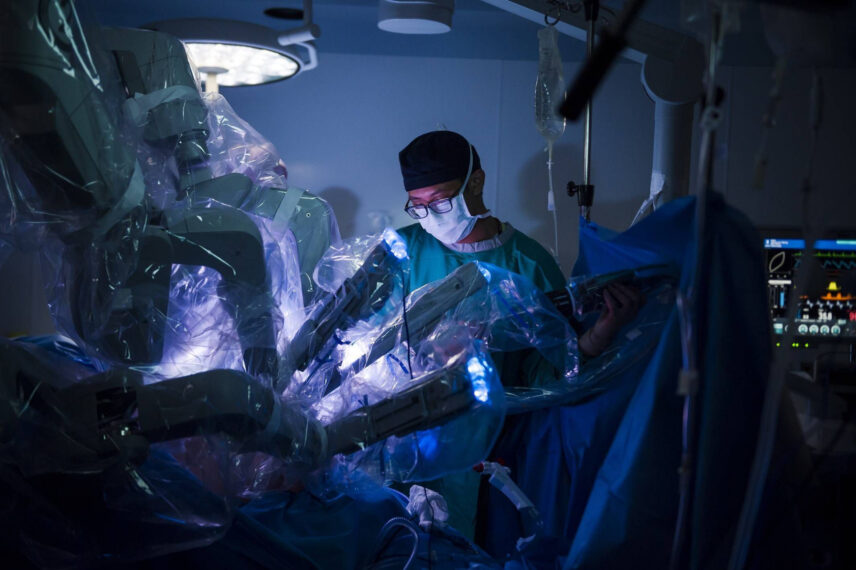
18. Nuclear Medicine Imaging
When Henri Becquerel discovered uranium “rays” in 1896, nuclear medicine imaging was born. Marie Curie coined “radioactivity” for these rays a year later. Radioactive experiments on animals began in the 1920s, and therapeutic applications for leukemia began in 1935. Nuclear medicine was recognized as a medical specialty by the American Medical Association in 1971, and 16.9 million nuclear medicine procedures were conducted in the United States thirty years later. Next-generation SPECT cameras are already used to lower system footprint and patient radiation dose. Nuclear medicine offers various advantages, including that it is noninvasive, has reduced expenses, and can diagnose the disease early. Minor pain and redness from the radiotracer injection are among the drawbacks.
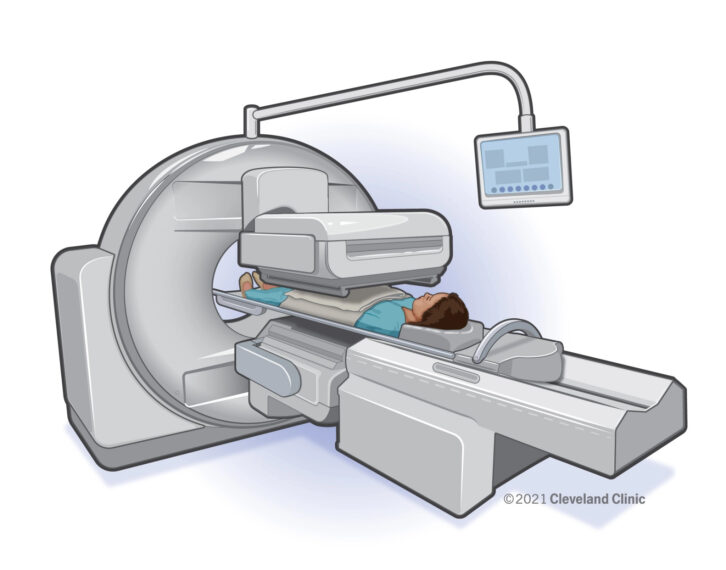
19. Health Apps
The use of technology to improve healthcare, including health and wellbeing, is called eHealth. As a result, Health apps are mobile applications that focus on a particular aspect of healthcare. Health apps make taking care of your health and well-being more accessible and less frightening now that practically everyone owns a smartphone. Coala, a cardiac monitoring app that includes a small ECG device, and Elsa, an app that helps patients with chronic illnesses track their feelings and why, are good examples. Try the University of Twente’s eHealth: Combining Psychology, Technology, and Health course to learn more about eHealth.
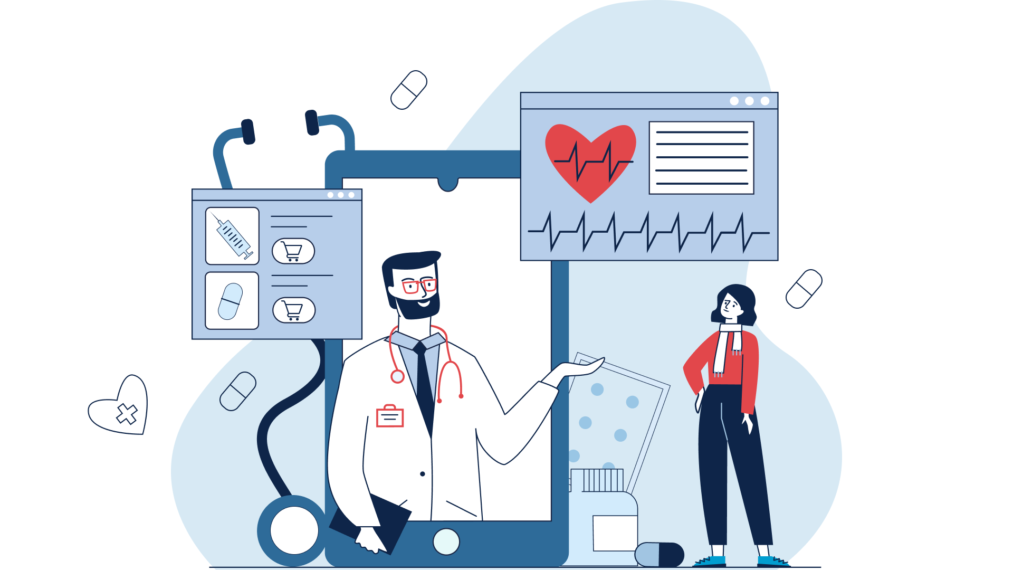
20. Fiber Optics
Fiber optic technology is one of the most exciting developments in veterinary care in recent years. Fiber optics, in essence, is the utilization of thin plastic fibers that convey light throughout their entire length and are bundled together in endoscopes. These scopes can be used for various operations, such as to help with the diagnosis of vomiting or diarrhea. Optical fibers can examine animal behavior through optical imaging/scanning and modulation of neural activity. Endoscopes are also helpful in cases where an animal has swallowed something foreign. An endoscopic examination, diagnosis, and treatment cost significantly less. There are also fewer difficulties that an animal may suffer after surgery.
